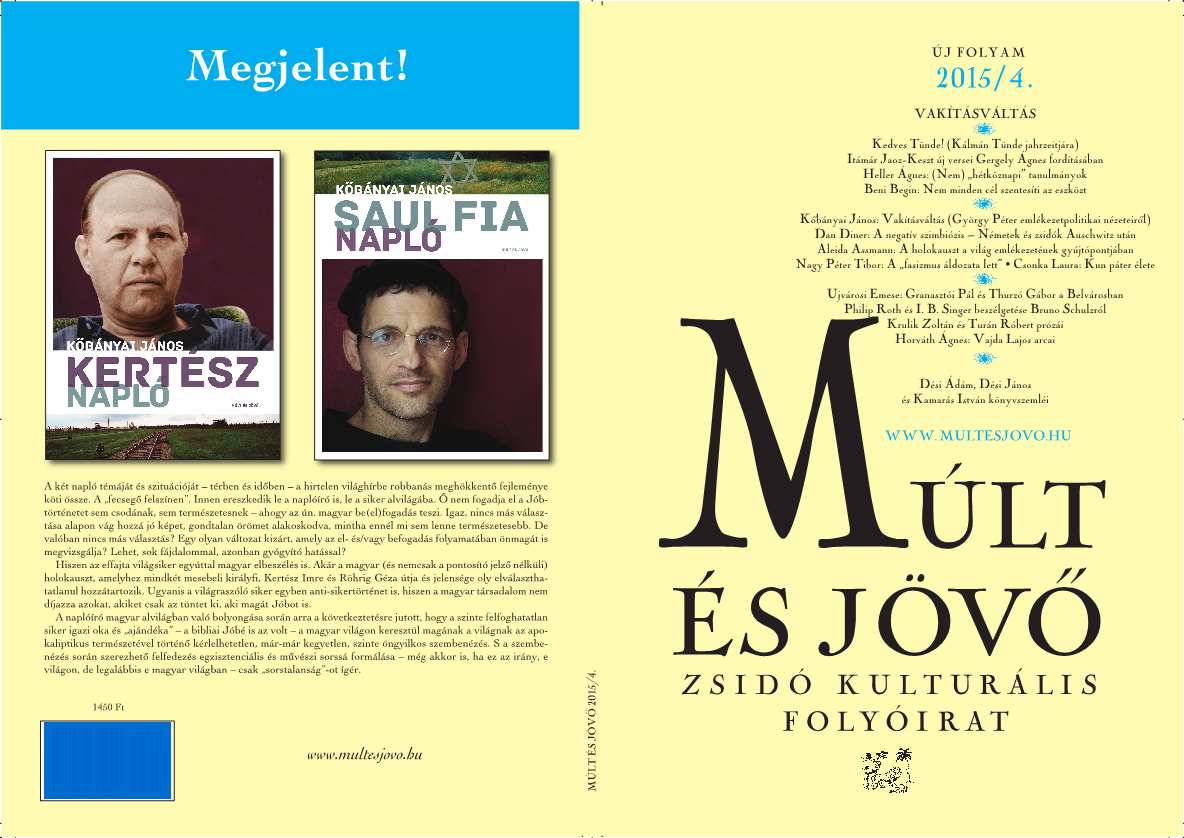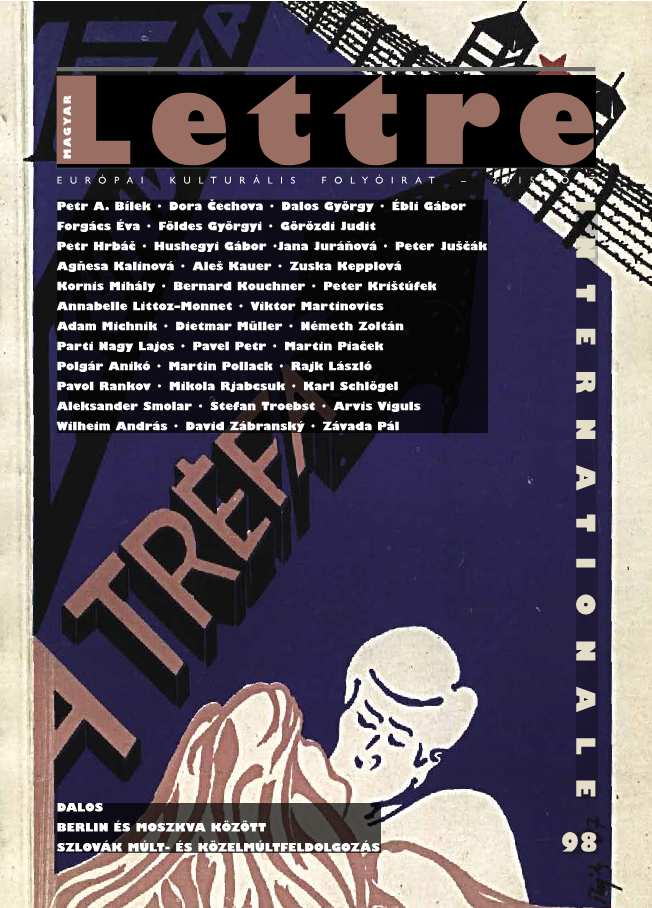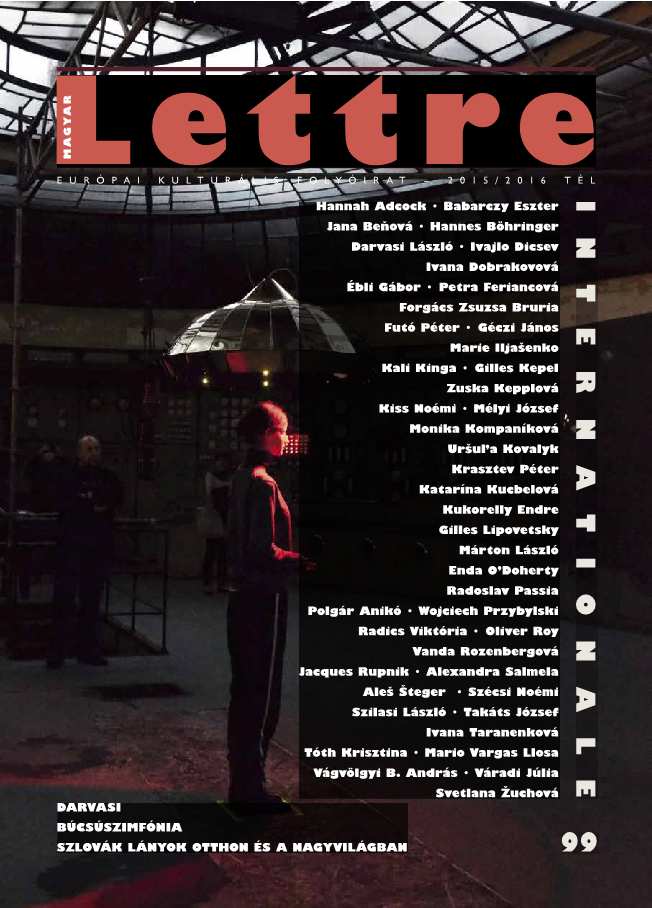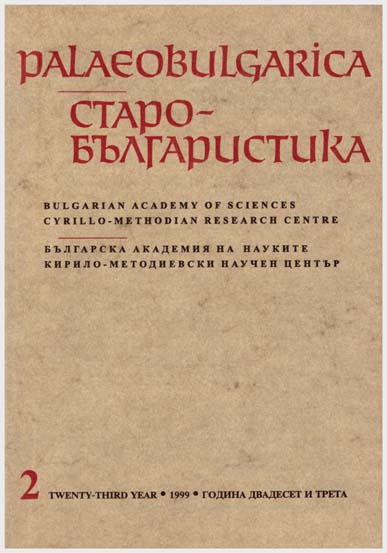
We kindly inform you that, as long as the subject affiliation of our 300.000+ articles is in progress, you might get unsufficient or no results on your third level or second level search. In this case, please broaden your search criteria.



This is the first attempt to identify the icons which at different times made up the iconostasis of St. George Church in Veliko Turnovo. To the first iconostasis, dated about 1616 when the frescoes of the church were painted, are referred three icons of patron saints and frieze of the Apostles (Figs 1–4). About 1685, probably as the result of a reconstructon of the interior of St. George Church, was renovated the iconostasis and the icon were changed. The inscriptions and the dates indicated in two icons of patron saints originating from Veliko Turnovo have become the basis for the attribution of six icons of patron saints of this second iconostasis of the church (Figs 5–9). The udoubted identity of the style of these icons with another five festive icons which at present stand on the iconostasis of the Turnovo Church of the Assumption (Figs 10–14), offers a good possibility for the identification of a total of eleven icons that had adorned the iconostasis of St. George Church circa 1685.
More...
One of the reasons for quick acceptance of the illustrated postcards is their function as convenient means for distribution of ideological messages. Therefore, studying the ideological content of the postcard is of utmost significance, aiming to reveal its role in society and the respective culture. The supposed outlining of the postcards in groups according to publishing intentions and basic functions carries no pretensions for completeness. The relative division of the postcards according to groups and functions follows definite thematic criteria of choice, necessary for the present investigation. The consistency and depth of their analysis is approached from the viewpoint of the thematic repertoire, i.e. according to type of postcards, occasion of their issue, ideological and aesthetical suggestions, context, accessible information... An attempt is made for delineating of universal and specifically Bulgarian functions, direct or indirect publishing intentions, as well as aspects of the role of the postcards at the time and after the use as means of correspondence. The significance of the postcards as commercial product serving for profit alongside for beneficial purposes contributes to formation of a certain type of visual culture, to popularization of poetry, music, new artists and their creations. A special attention is given to the functioning of postcards with town views and folk subjects and their importance for preservation of family and collective memory. Some functions of the postcards are related to their "post-use" life as objects for collectors, as financial investment, as "postal valuable stamp", "strong currency" and others. Though not in full, investigation, research and preservation of postcards as part of our heritage and as museum exhibition objects are also discussed in the text.
More...







Hommage fra Jozi Pejiću U povodu izložbe stalnog postava Franjevačke galerije na Širokom Brijegu, uz 25. obljetnicu djelovanja i prvu godišnjicu smrti ravnatelja Galerije fra Joze Pejića
More...
The first part of this article is concerned with the special features of the collection of collages by the poet-artist Jiří Kolář (1914–2002) at the Museum of Czech Literature. These collages come from Kolář’s late period, when he returned to creative approaches he had discovered earlier. Though not large, the collection is surprising in its composition. It is based on what are called ‘engagés collages’ (angažované koláže), which contain exchangeable parts, making it possible to create variations. Kolář counted on the viewer’s being directly involved in the creative process and thus participating in the ultimate appearances of the collages. An analysis of the individual collages makes it clear that Kolář’s emphasis is on the formal aspect, which is fundamental to this collection. The second part of the article is devoted to the relationship between the works of Kolář and other poets whose works are in the Museum collections. The collage is among the techniques frequently used by certain writers. The analysis in this article reveals a close connection between their writing and work in the fine arts. Collage approaches are sometimes applied to poetry and, vice versa, collage is sometimes understood as a kind of poem or a visual equivalent of literary text. This feature appears in the collages of poets involved in the visual arts and of painters who write.
More...

The wall-paintings in the “St. Dimiter” Church in the village of Patalenitsa, near Pazardžik, not far from the medieval fortress of Batkunion, were revealed in part some 25 years ago. So far they have been dated within the range from the late 11th с. to the very beginning of the 13th с. In the detailed study of Liljana Mavrodinova on the basis of iconographic, stylistic and logical analysis of the painting have been drawn parallels of the first half of the 13th с. in small churches outside the principal artistic centres: the rock chapels in Penteli, Kalivia Kouvara and Merenda in Athics. This makes possible the predating of the monument to the first 3 decades of the 13th с. and linking it to an unofficial, “peripheral” tendency in painting, attested during the years of Latin domination of the region.
More...
Rembrandt és a holland arany évszázad festészete. Szerk. Ember Ildikó, Koruhely Nikoletta, Tátrai Júlia, Vécsey Marcell. Szépművészeti Múzeum, Budapest, 2014. 607 oldal
More...
Kép és kereszténység – Image and Christianity.Vizuális médiumok a középkorban – Visual Media in the Middle Ages Szerk. Bokody Péter Pannonhalmi Főapátság, Pannonhalma, 2014. 312 oldal, 5950 Ft
More...